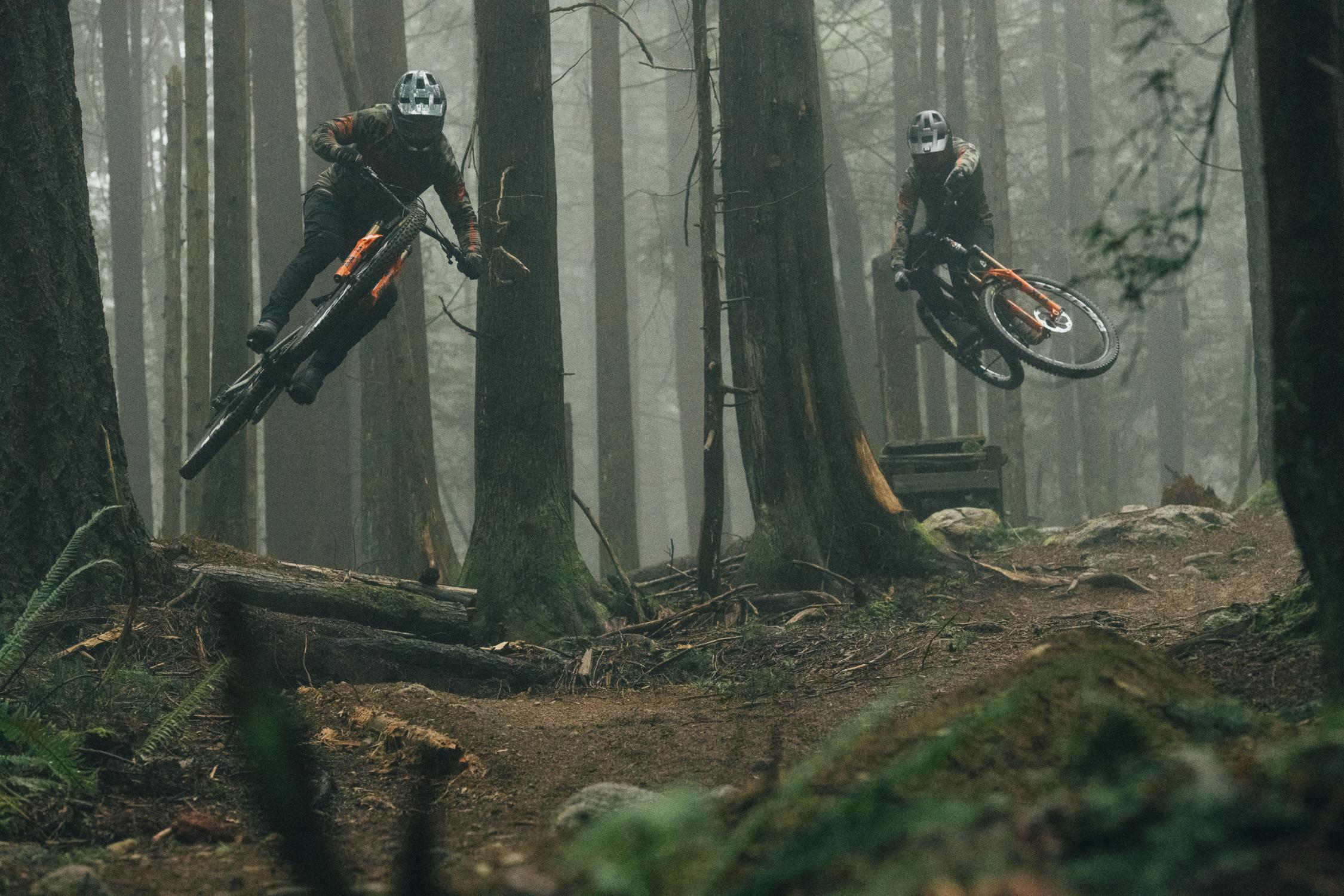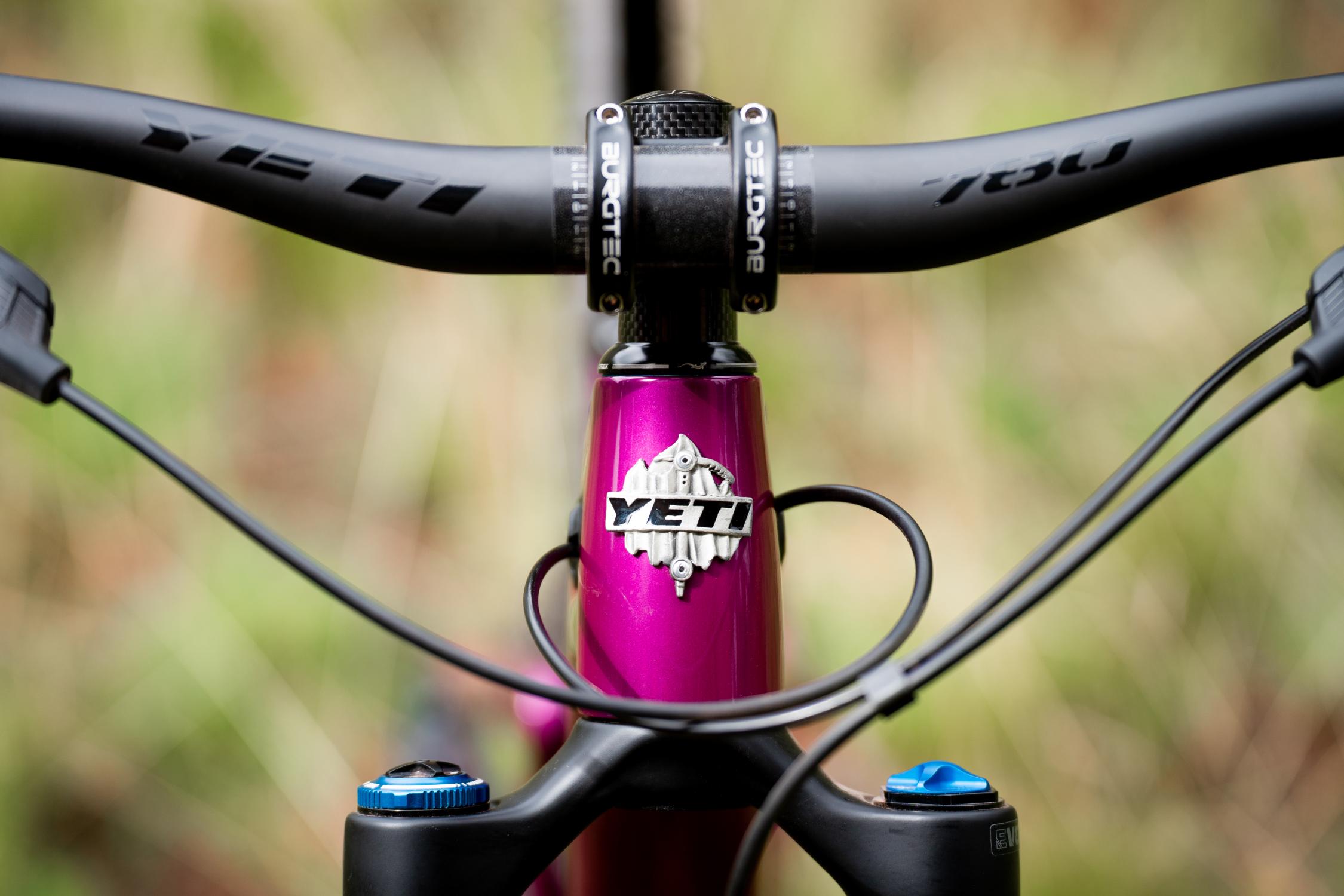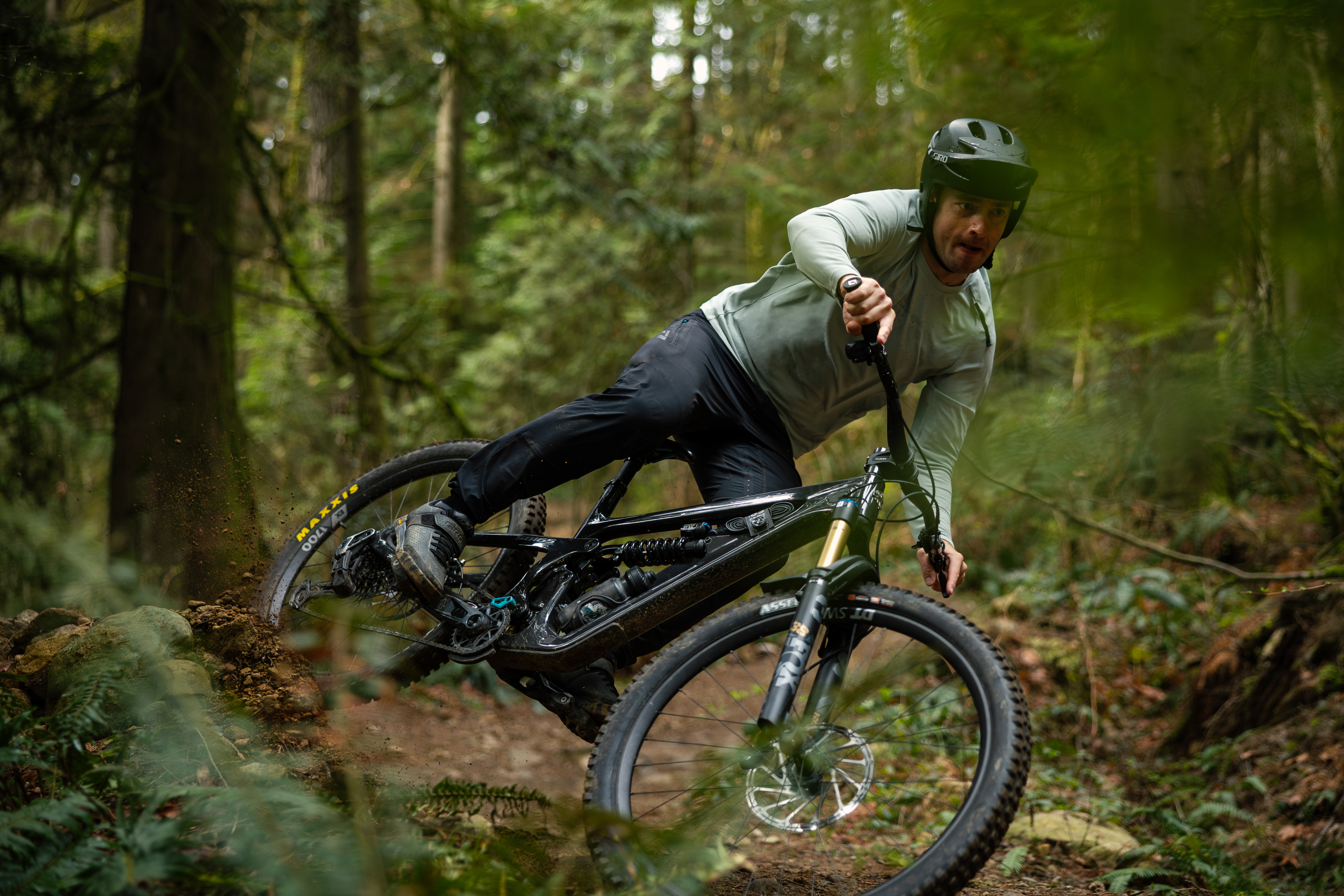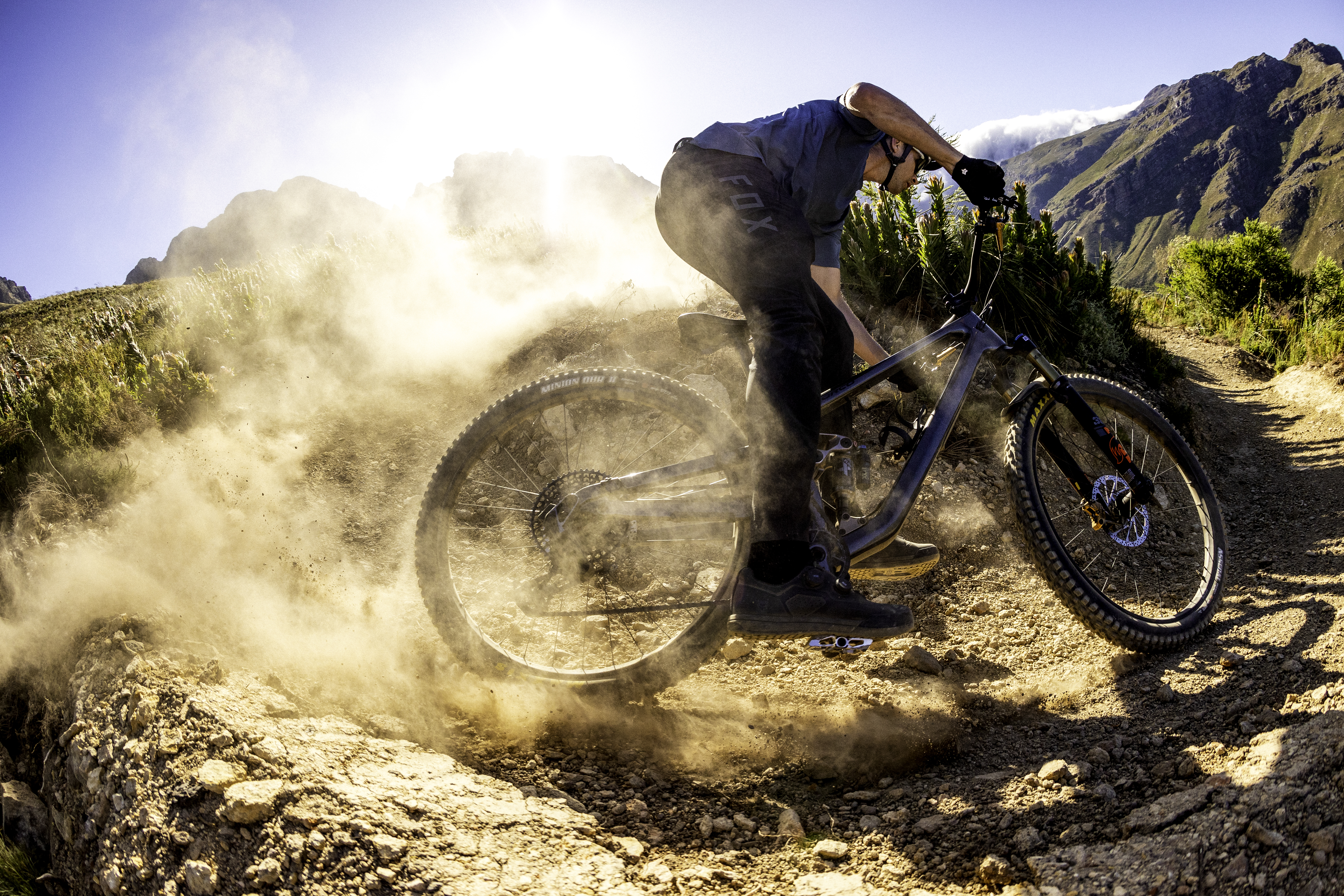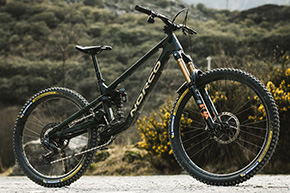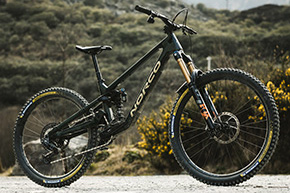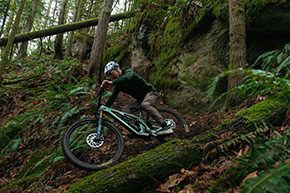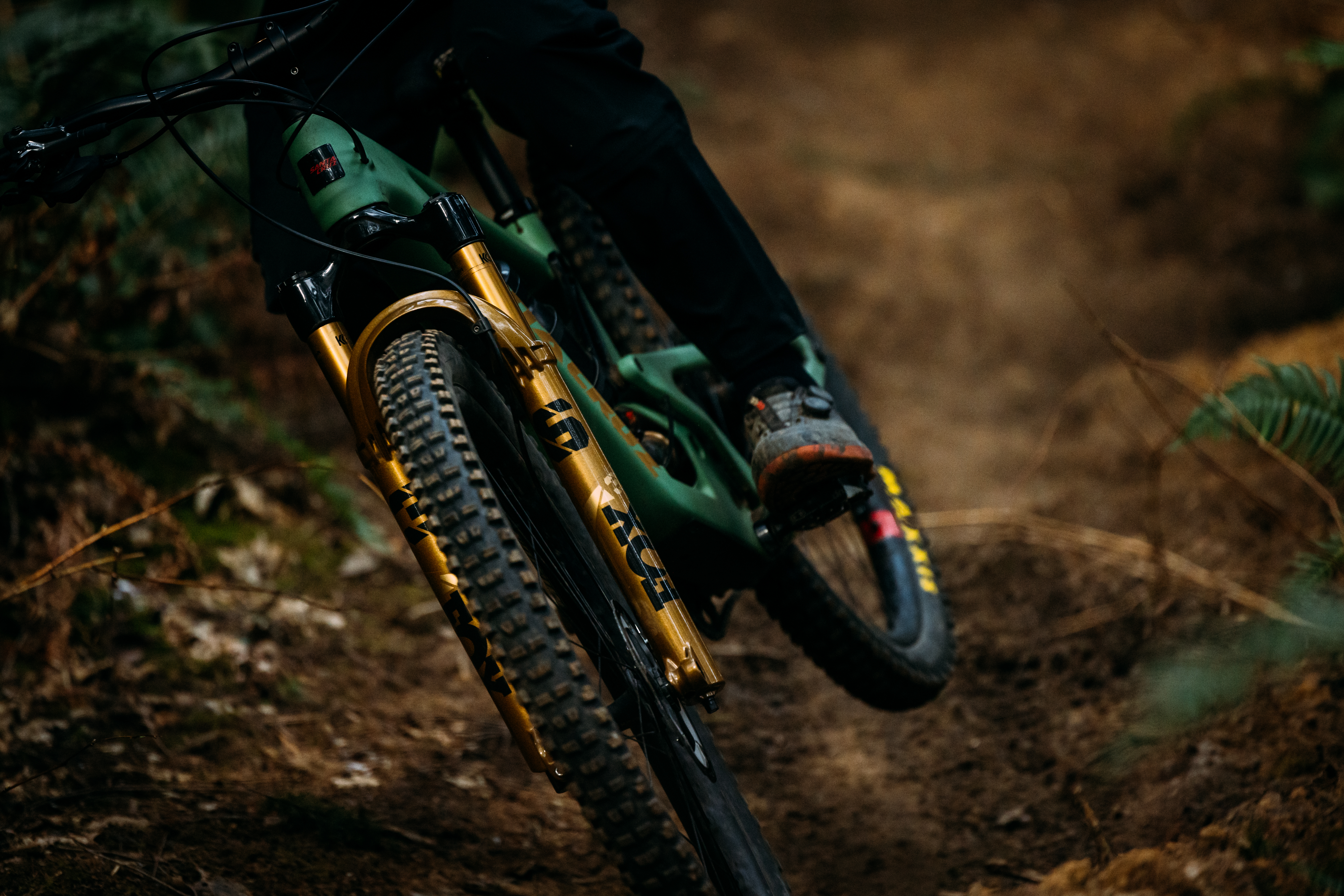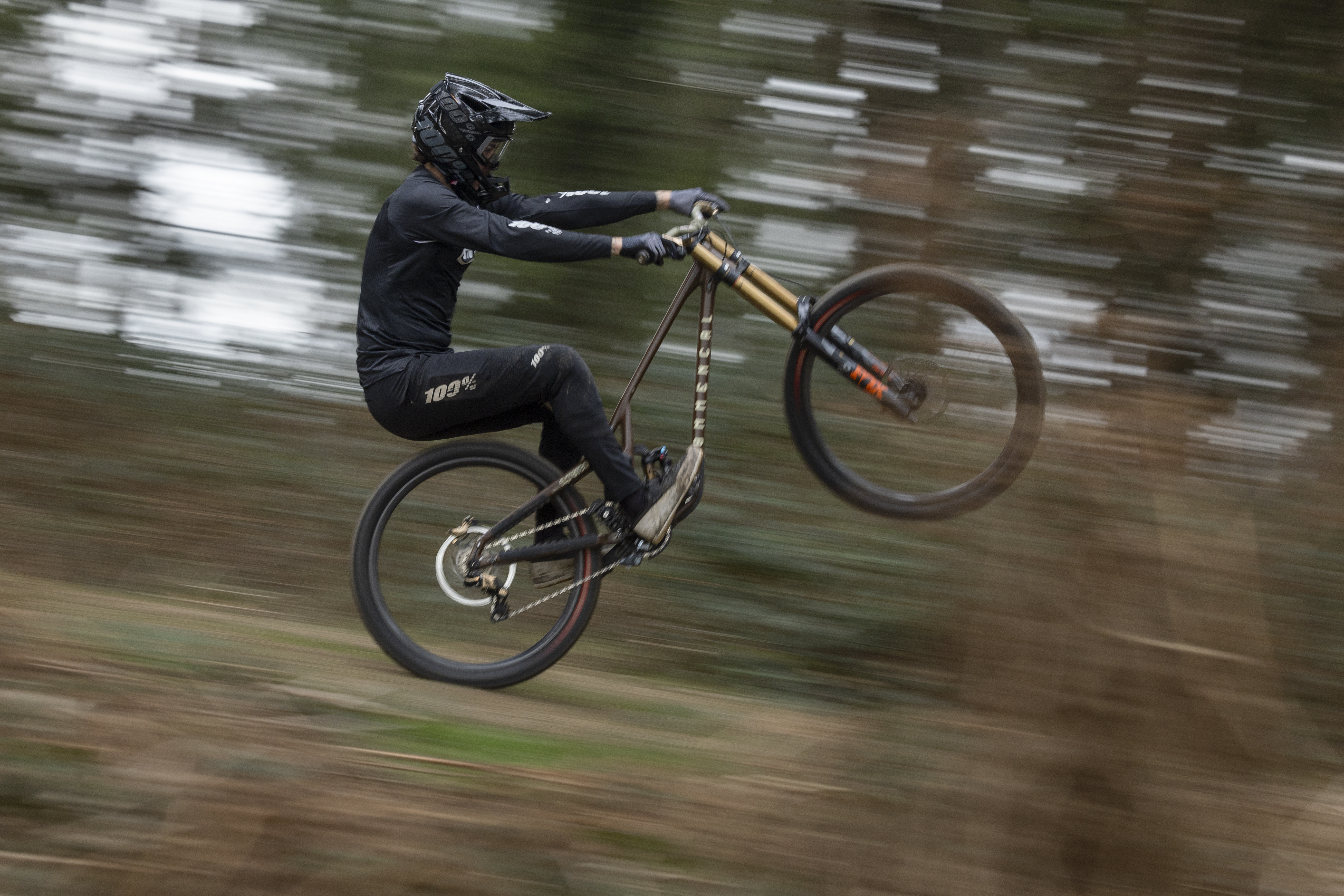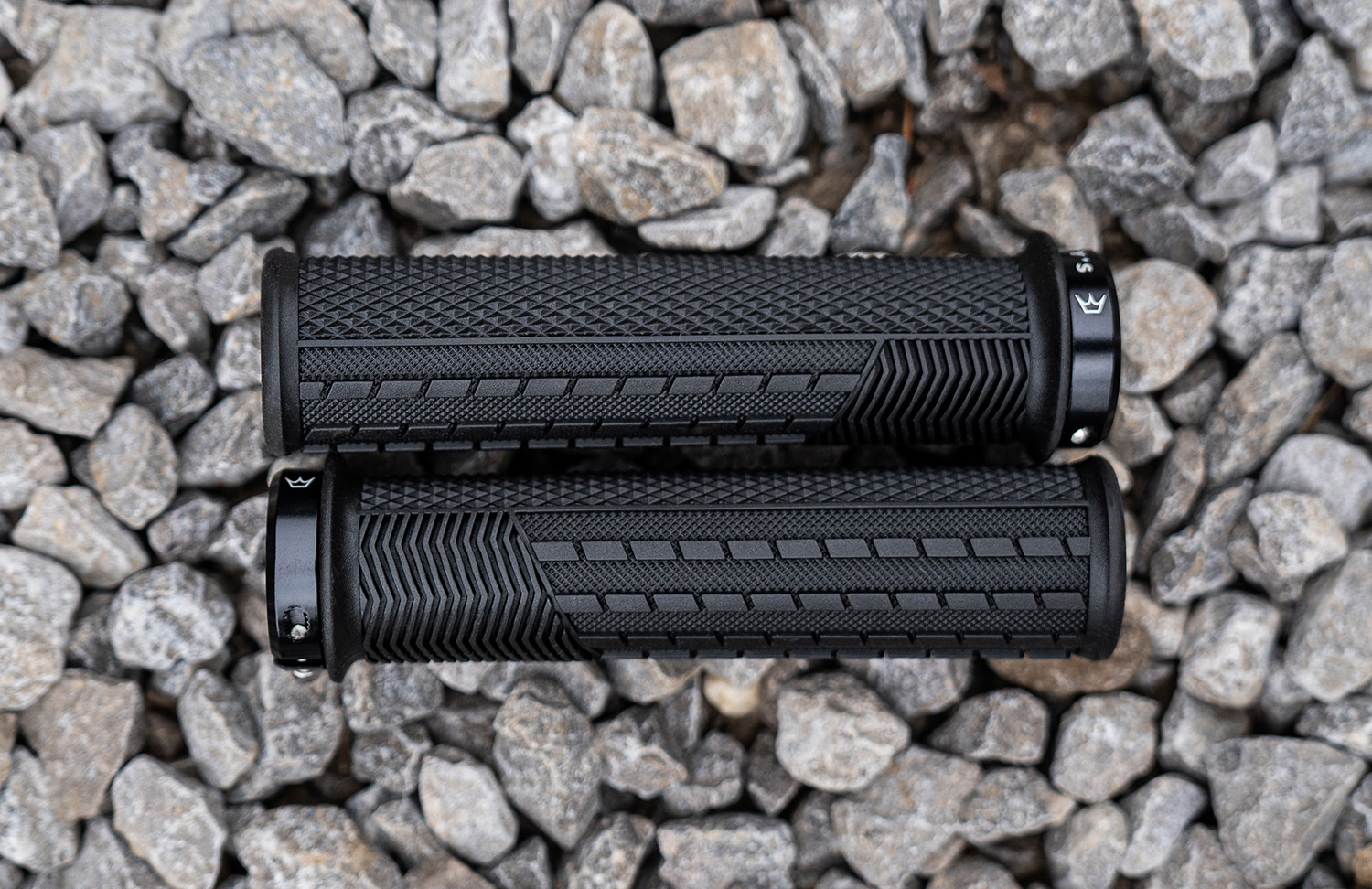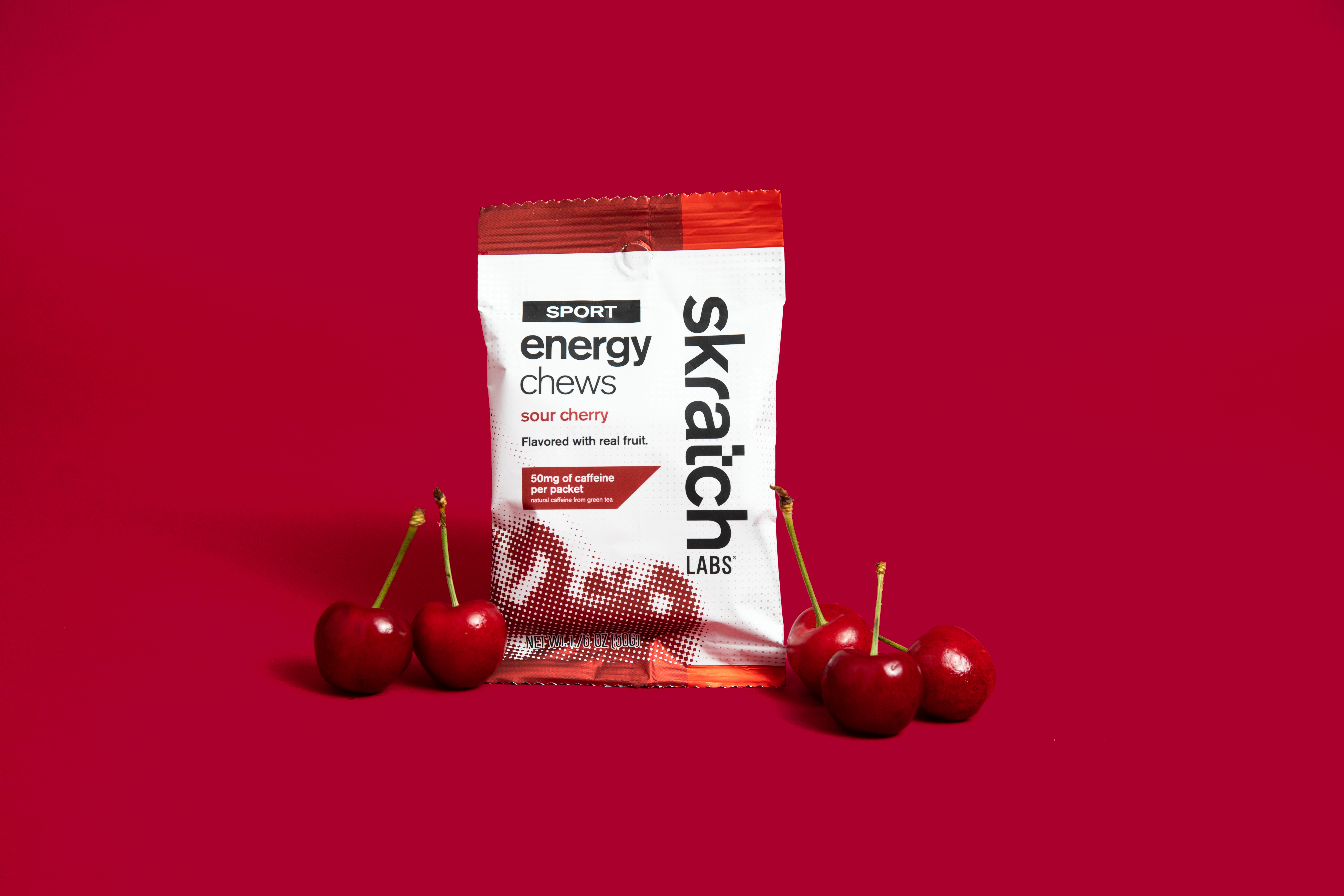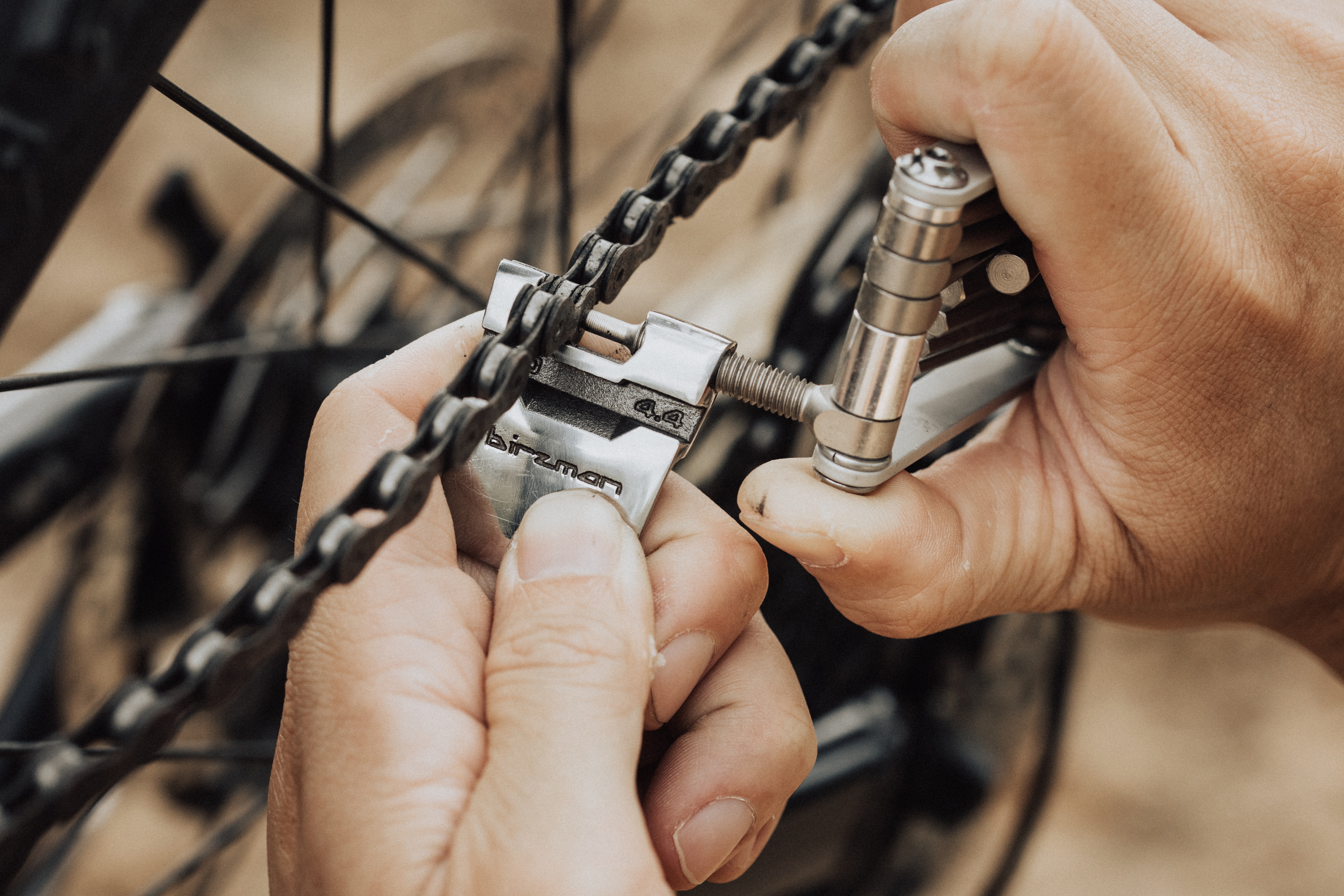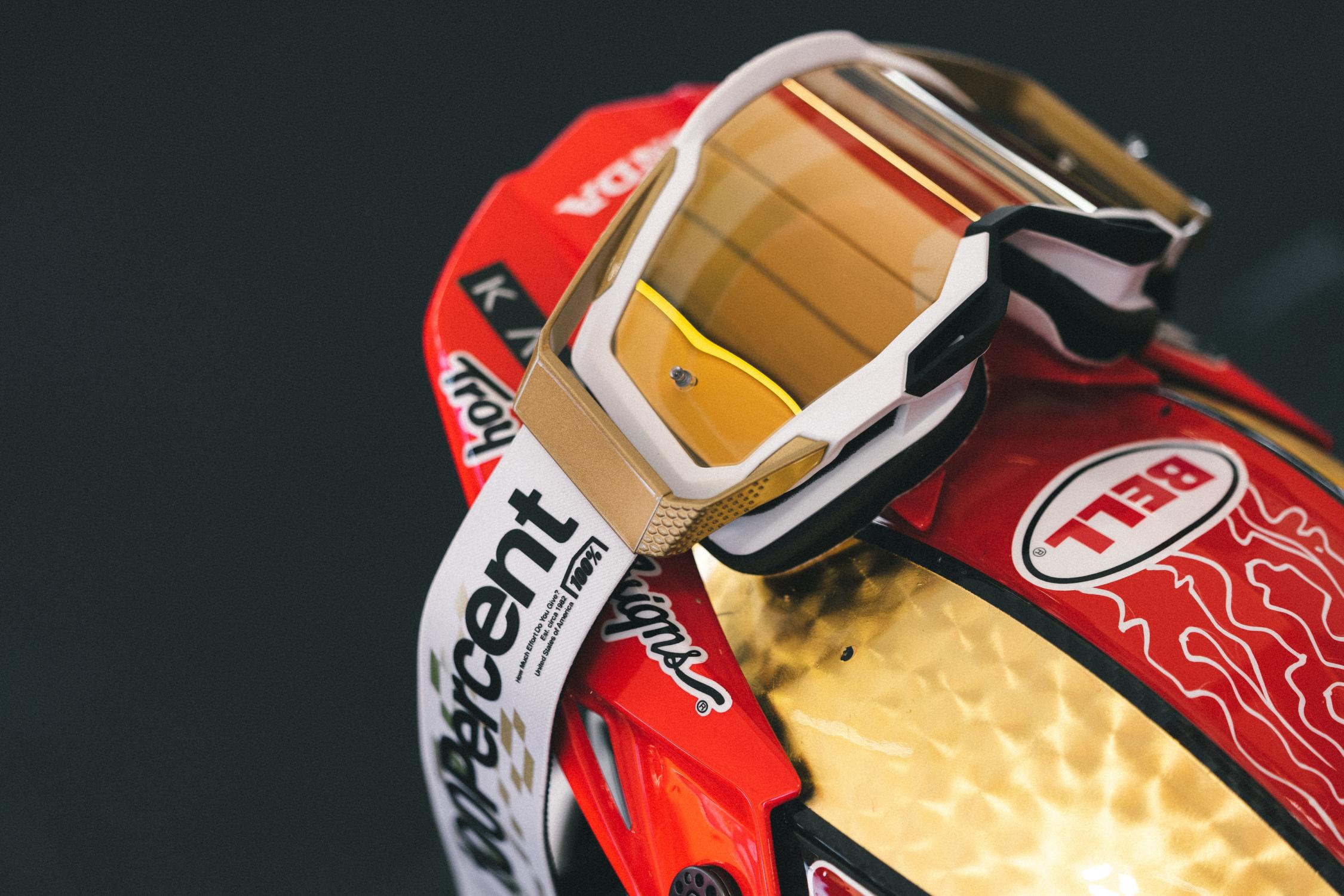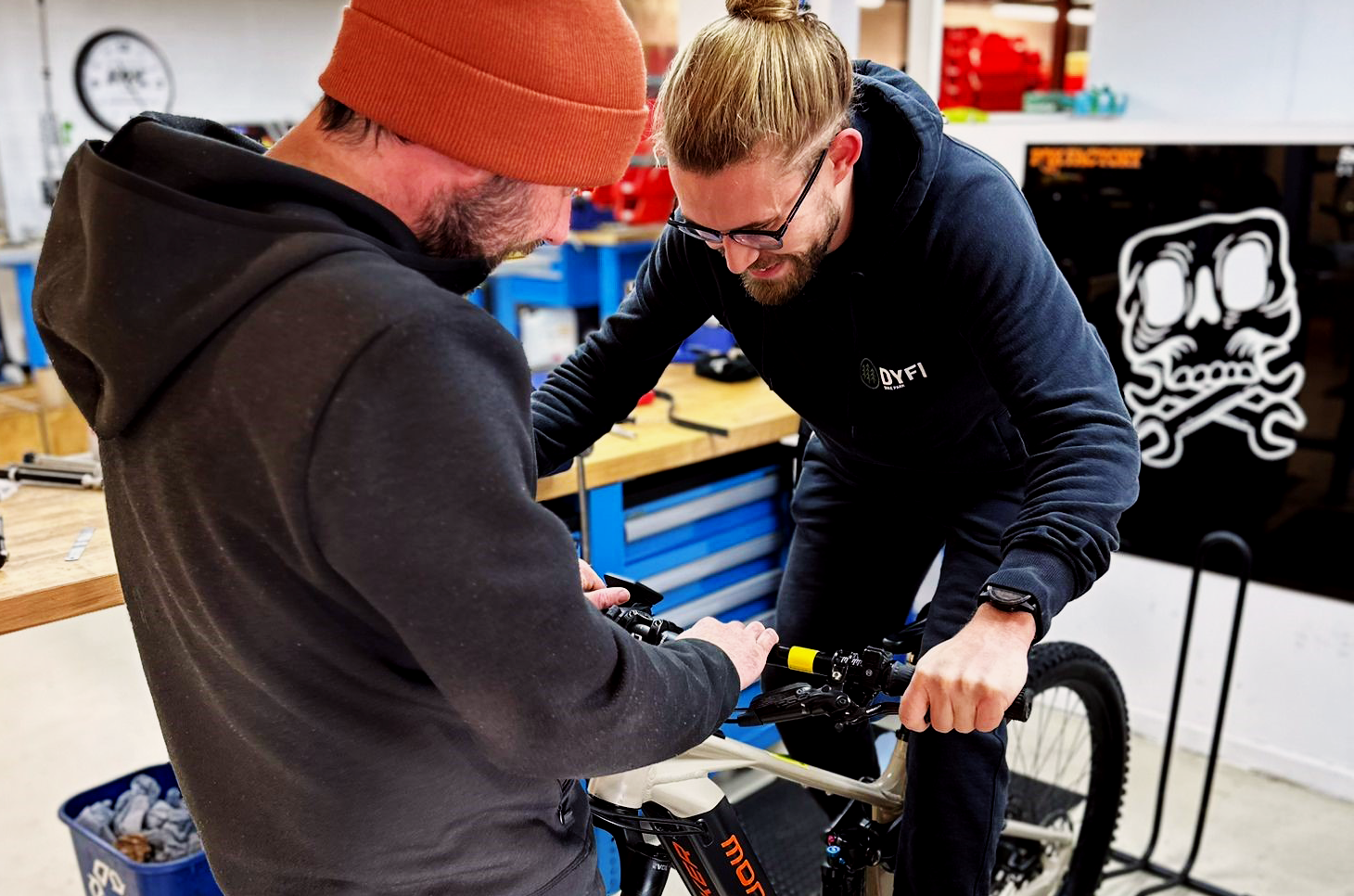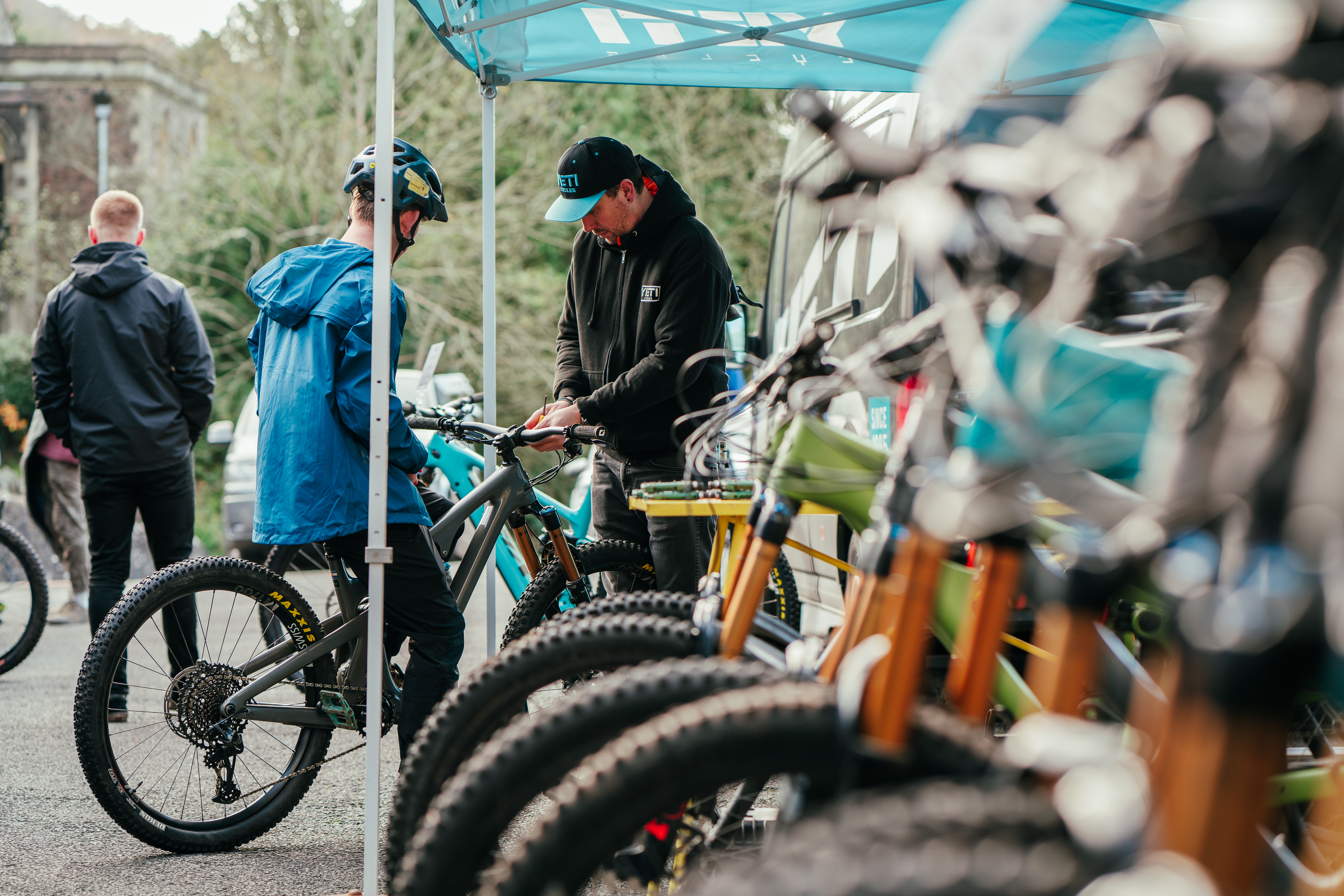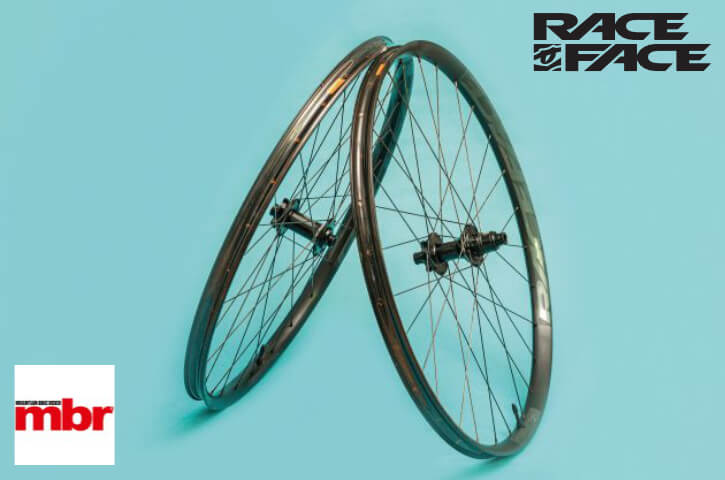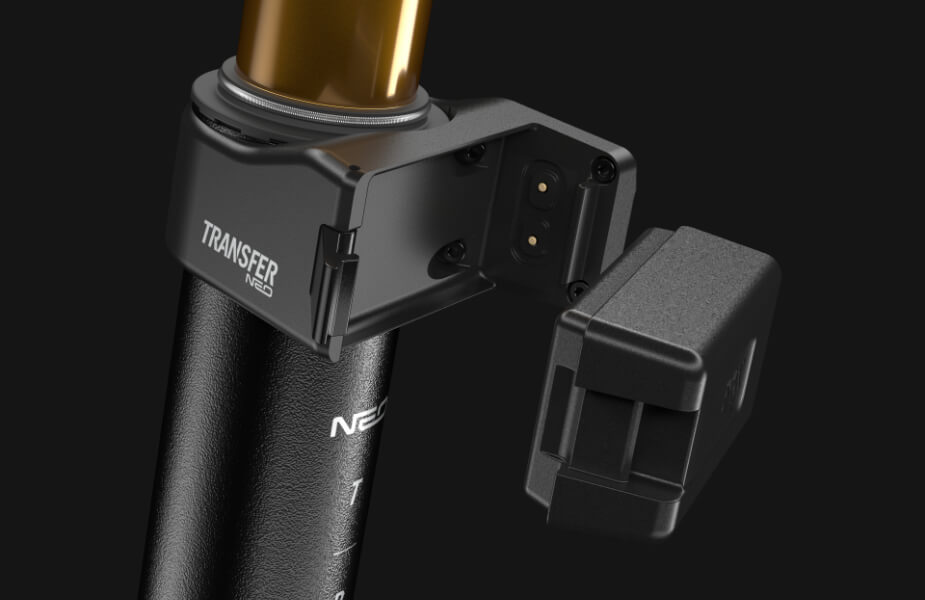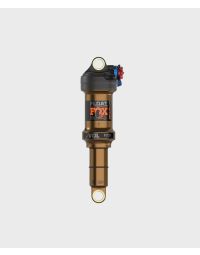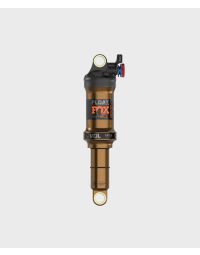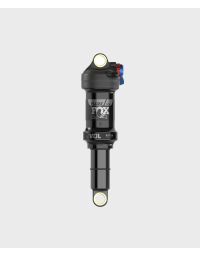ARMEGA SP25
Review: VitalMTB - Fox FLOAT Factory Rear Shock

VitalMTB has reviewed the Fox FLOAT Factory Rear Shock. Here is what they had to say:
Earlier this year, Fox revised their full line-up of air shocks. All-new for 2023 (technically a 2024 model), the new Float slots into the range between the super-light Float SL and the more elaborate Float X, taking aim squarely at the trail bike market with a stated goal of reducing the weight while maintaining the performance at Float X levels. We’ve had a couple of samples out on the trails for a couple of months now, and we’re here to report on how we’ve been getting along.
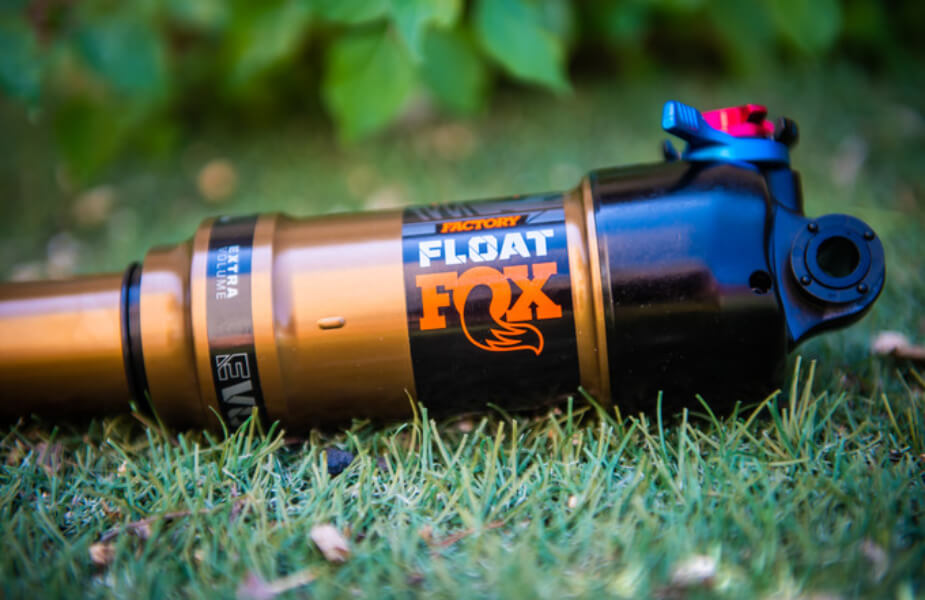
- Float X performance in a lightweight inline package
- NEW larger piston, valving and IFP for wider range of tuning and better damping control
- NEW larger volume EVOL air spring for lower pressures, more linear suspension action, better small bump performance, and better grip at the tires
- NEW Smaller increment (0.1) hybrid volume reducers for ultra-precise tuning
- MCU bottom out bumper for end stroke progressivity
- NEW 2-position switch for zero pre-load on valve stack when in “Open” mode, and (factory) tunable “Firm” mode
- Inline design offers improved water bottle clearance compared to reservoir shock, also great for e-MTBs
- Remote compatible
- Metric Sizes: Std Eyelet 170, 190, 210, 230 Trunnion 145, 165, 185, 205
- Factory, Elite, and Performance Series
- 293g for 170x35
- MSRP: $349 - $499 USD
Initial Impressions
The new Factory Float showed up looking kinda like the old one. That is to say, covered in shiny Kashima with a distinctly Fox-like personality. It is however an all-new shock, with plenty of updates to discover.
The piston is larger, which Fox says helps provide a wider range of tuning possibilities and “better damping control”. The air spring is also larger, and there are smaller-increment volume spacers for more precise air spring tuning. Finally, there’s also a new 2-position switch offering open and firm shock modes, with three further low-speed compression settings available to choose from within the open mode. High-speed compression damping is set from the factory, as is the platform of the firm mode.
Fox’s goal with the new Float was to provide near Float X levels of performance without the superfluous weight. As such, the Float lacks a piggyback reservoir but it does use a larger shaft diameter and an overall beefier chassis compared to the Float SL. Fox says it can still deal with the rigors of aggressive trail riding, so that is what we set out to find out.
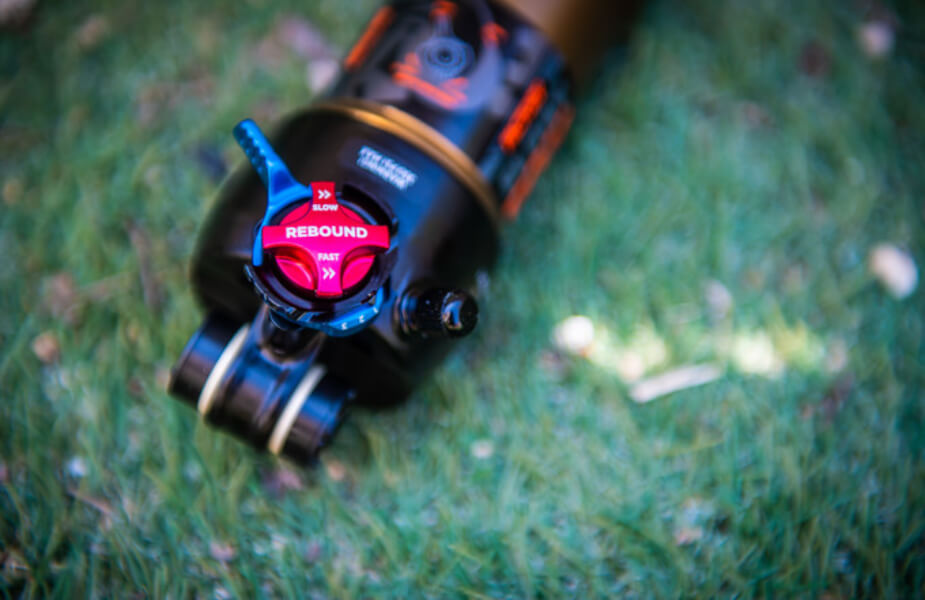
On The Trail
We were sent two shocks for two different testers, one went on a YT Izzo and one on a Pivot Trail 429. Both shocks were delivered with the OEM tune that Fox would supply for these bikes respectively.
Both testers found the shock easy to set up. We did not have to play around a lot to find the correct air pressures and damping settings for our test mules. The shock provides a good amount of support out of the box, and we rarely felt the need to add any low-speed compression to help the bike settle in, opting instead to run the open mode in the fully open setting (remember that you can adjust the amount of compression damping within the open mode to three different levels). Both of these bikes feature a good helping of progressivity in their rear linkages, so this was to be expected – but it’s good to know that the option to crank up the damping within the open mode is there for more linear frames. As for the climbing mode, it is definitely on the firmer side of the spectrum, providing a near-locked out feeling that makes it more suitable for fire road climbing than charging your way up technical sections (note that if you need a different platform setting, your Fox service center should be able to tune that for you).
As the trail pointed downwards, we were impressed with the amount of suppleness and poise on tap from such a “small” shock. The ramp up was spot-on and both bikes were well balanced between big-hit absorbability and small bump compliance. Traction was plentiful and the shock did indeed behave as advertised – a Float X without the piggyback.
As things got chunkier, the Float never seemed to be overwhelmed, and even our heavier tester commented that he was surprised at how well the shock kept up as things got rowdy. Bottom-out events were well controlled, and the rebound damping kept the bike feeling settled even as we pushed harder. We did not manage to really rack up the vert on these bikes to see if we could provoke any damping fading on longer runs, but the shock has handled everything we’ve been throwing at it so far without leaving us wishing for a piggyback or a “bigger” shock.
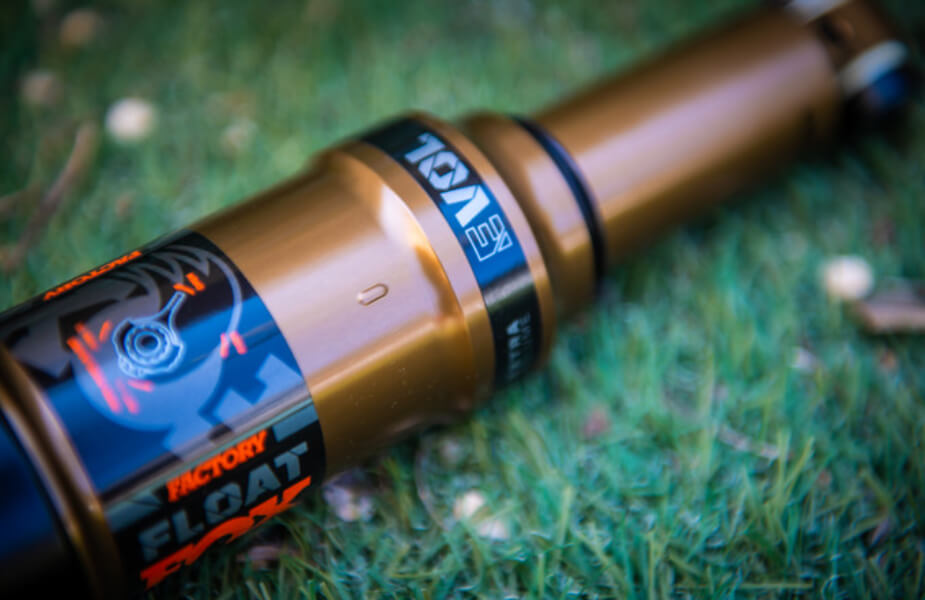
Things That Could Be Improved
We really do not have a lot of complaints to offer here, but if we’re nitpicking, the rebound adjuster is pretty sticky and the edges are sharp, making it less than pleasant to manipulate. Having said that, you wouldn’t expect to have to play around with that one a lot, so it’s really not a big deal. Also, as mentioned previously, the platform setting is super firm. Whether you see that as a positive or negative depends on your trails and your riding style (and the firm mode can be tuned by a Fox service center if you need it to be less harsh).
Long Term Durability
We’ve not had enough trail time with the new Float to make any definitive statements about durability, but we’ve pushed the shock pretty hard so far and it’s still behaving as it should. We’ve had good luck in the past with Fox’s smaller shocks, so chances are you should be able to look forward to many happy miles with the new Float.
What’s The Bottom Line?
When Fox set out to redesign the Float, they did so with the stated goal of providing near Float X levels of performance without the weight penalty. Based on our experience with two different bikes so far, we’d say they have succeeded. The new Float provides a near-perfect mix of suppleness and support, with enough reserves to deal with higher speeds and heavier riders even as things get rowdy. Doing so without taking up too much space in the frame and without weighing down your trail bike build is the cherry on the cake.


